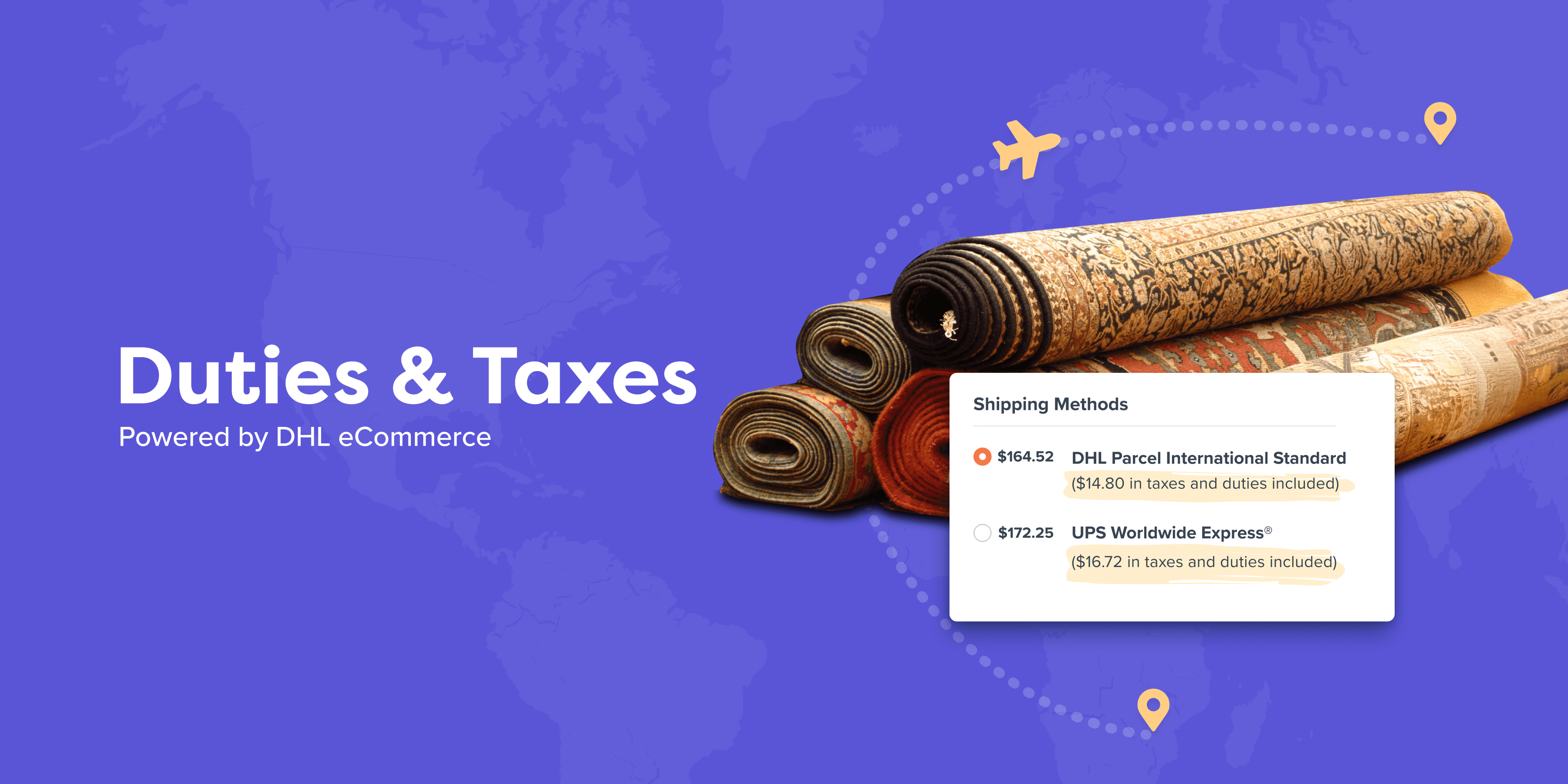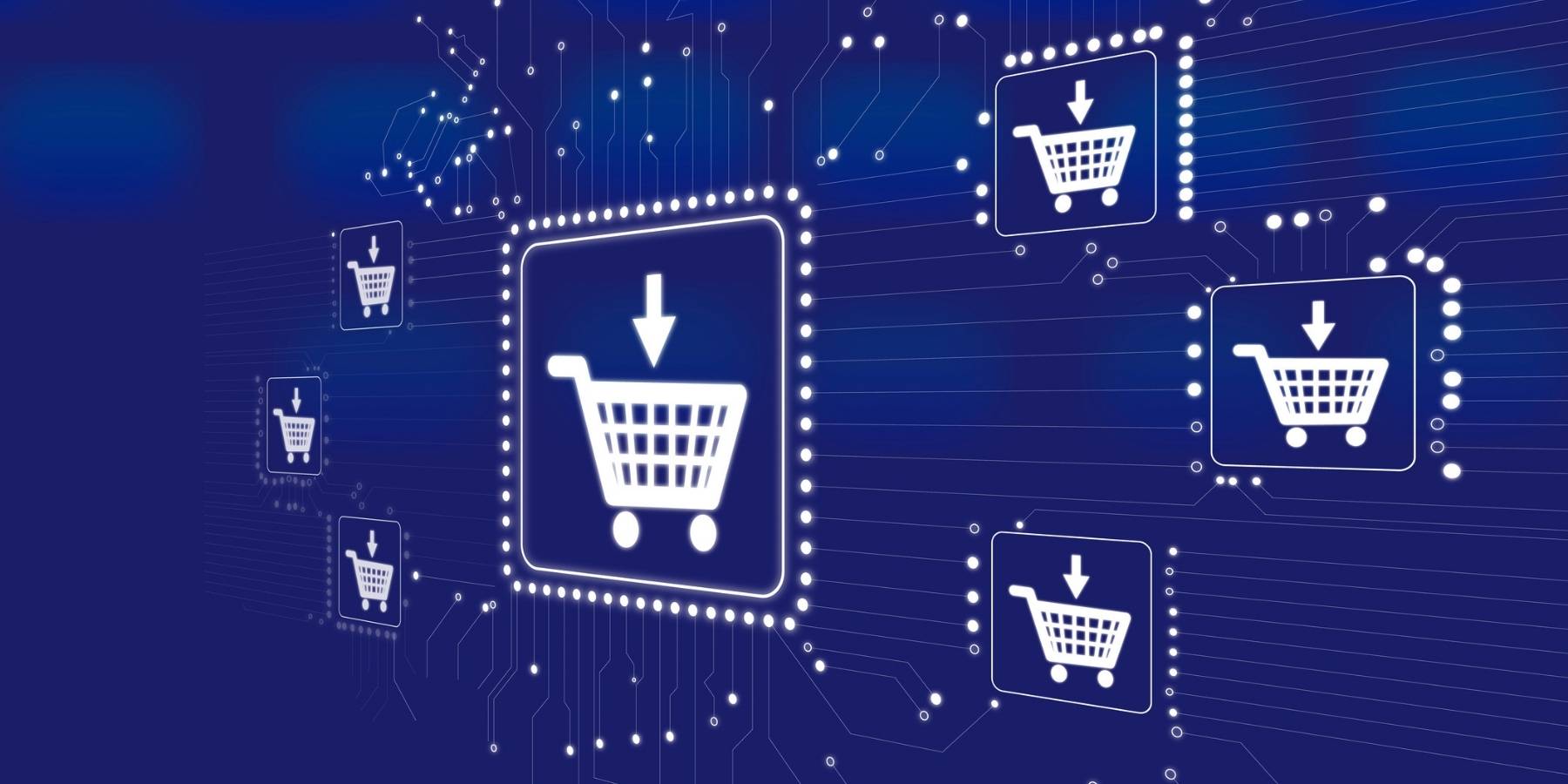Buyers have high expectations for B2B retailers, especially around shipping
As a B2B retailer, determining the best shipping strategy for your business comes with its own unique set of challenges. There’s a lot you have to consider before you can actually put a plan to action online.
For example, maybe you have long-time customers that have specific pricing needs for shipping. Or perhaps you sell products with only slight variations to them, like custom manufactured boat parts.
Whatever your case may be, shoppers today expect eCommerce shipping experiences from B2B retailers to be like any major B2C brand. Or even Amazon. That means a seamless online shopping experience paired with fast, inexpensive shipping.
If you’re thinking “that’s out of reach for my business” – don’t get ahead of yourself.
It no longer matters how big or small the commodities you sell online are. There’s a way for you to step up to the plate and knock it out of the park with your shipping experience. And a lot of it comes down to the information you show customers at checkout.
Here are four things you can offer at checkout to improve your user experience and boost consumer confidence in your business.
1. Be Clear with Your Pricing
Sticker shock is a real problem. Today’s global online shopper expects a merchant to be up front about shipping fees and costs.
With pricing being sourced as the main culprit for cart abandonment, it should come as no surprise to you that half of customers abandon carts when their shopping total doesn’t qualify for free shipping.
If you aren’t already, promote your shipping options from the second your customer hits your website, all the way through the checkout.
This includes putting shipping details, like free shipping minimums or flagging products that ship via a freight carrier, on all your product pages. You should also provide clear shipping estimates anytime a customer’s cart is edited.
2. Offer Multiple Shipping Options (When Possible)
It’s a myth that B2B businesses can’t (or shouldn’t) offer the same shipping options as B2C merchants.
In fact, buyers expect a B2C like experience that delivers on personalization, quick delivery and convenience. And the growing demand for alternative delivery options in B2C shipping is just one example of this.
Popular B2C shipping methods, like ground delivery and same-day delivery, should be offered alongside B2B-specific ones, like warehouse pickup and LTL freight. Not only can these options drive customer loyalty, but impact conversion rates.
One way to start? If you offer an option offline, like local truck delivery to customers, then you should be doing the same in eCommerce.
3. Tailor Options to Specific Customers, Products and Orders
With 66% of B2B suppliers acknowledging that customer expectations drive their technology investments, you need to seriously consider your customer needs when it comes to shipping.
Offering shipping options that aren’t relevant to your customer (like showing LTL freight for a small package that weighs 8lbs) is not only counterproductive, but could negatively impact your customer relationship.
When you move your business online, the shipping services you put in ink with your customers don’t have to change. The agreements you’ve already established, such as free shipping, custom discounts or specific arrangements with certain clients, can remain.
But tailoring options to your specific customers is only one piece of the puzzle. The shipping options you put in place for individual products and orders are just as important to your bottom line.
Two things you can do now? Use different shipping rules per product group, especially if you’re introducing a brand new product line. Also, make sure you are fulfilling orders via appropriate services i.e. no LTL freight for small package shipments.
4. Prioritize Post Order Transparency
Your willingness to communicate effectively could make or break your customer relationship. In fact, a Pitney Bowes study found that 36% of consumers said they will shop somewhere else after having just one bad experience.
Since B2B clients tend to spend more money on average, that also means a negative experience can have a much bigger impact on your pocket book. When deciding your B2B shipping strategy, complete post-order transparency is one way to prevent this type of experience.
Post-order transparency means providing detailed information on shipping options and delivery times at the cart and checkout. Once an order has been placed, you should communicate throughout the whole shipping process. This also means anytime an unexpected change could impact delivery. You can do this effectively by offering package tracking and delivery notifications to your customers.
Customer satisfaction and repeat business go hand in hand. In this day in age, it’s not unlikely that your customer will post about a poor experience somewhere online. It’s also not uncommon for a B2B retailer to share their option of you with other like minded industry merchants.
B2B retailers: Are you prepared for 2021?
As B2B companies continue to embrace the digitization of commerce and invest in new technologies, there’s really an open field to raise the bar for online shopping in your perspective industry.
B2B retailers can stand out in the best way possible by having a user friendly end-to-end shopping experience. This includes a shipping strategy that has a customer first-mentality.
By showing what delivery options are available, when a customer can expect their package to arrive and what their total shipping costs are (whether domestic or international), you’ll be ahead of the curve and can create an online shopping experience that leads to repeat business.
Looking to improve your B2B shipping strategy? Sign up for a free 30 day trial of ShipperHQ.






